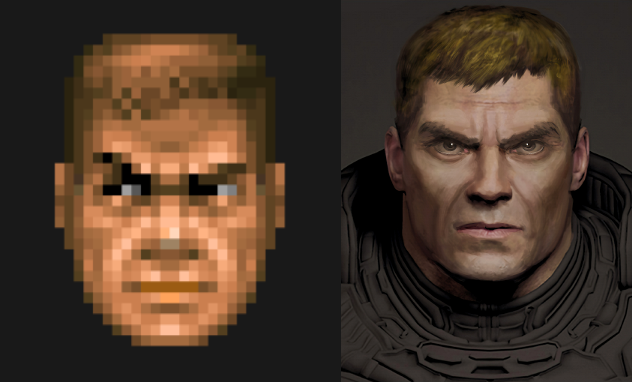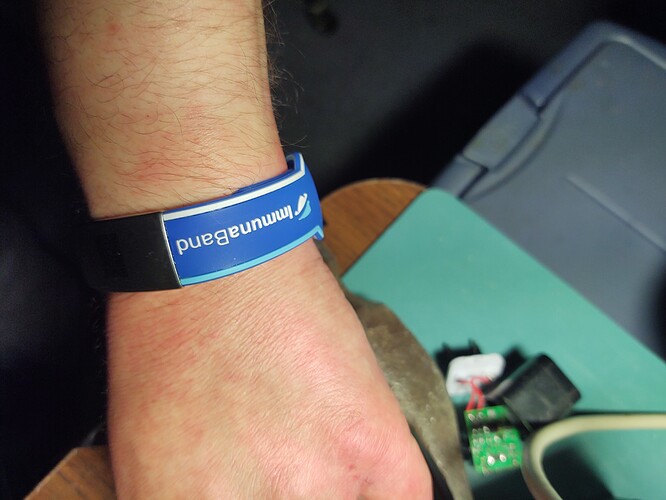I looked into the format of the official EU Digital COVID Certificate QR code out of curiosity, and I found out how it works: basically it holds an encrypted string containing the vaccinated person’s name, date of birth, vaccination doses information, vaccine maker/type… To decrypt it, one must download the official public key. Simple and secure, and this is all documented and open-source (official repo here: eu-digital-green-certificates · GitHub, and the verifier here: GitHub - eu-digital-green-certificates/dgca-verifier-app-android: Repository for the dgca verifier android app.)
Now, you would expect a kajillion spinoff apps to scan EU COVID-19 certificate QR codes, right? I mean after all, all it takes is to download the official repo, slap a new start page, some ads, and voila: you can publish your very own COVID app in a matter of hours. Countless app developers do this sort of thing all the time to make a buck on the cheap.
Well, strangely enough, it turns out that’s not the case: I’ve looked just about everywhere, but I only found two:
-
VerificaC19 (Android and iOS), a fork of the official verifier from the Italian Ministry of Health (open-source too, repos here and here)
-
TousAntiCovid Verif, an application from some French dudes I don’t trust, that decodes the French version of the official EU QR code the French government publishes an app for called - unsurprisingly - TousAntiCovid. Because… France: they have to give everything their own funky French names.
That’s it. Plenty of apps to display the QR codes from official EU countries’ health administrations out there, but only those two available to the general public to scan and decode them, as far as I can tell. Amazing… I’m assuming the verification applications and software are done in-house by those who need it, like airlines, and aren’t published.
So here’s an idea: wouldn’t it be great if there was a DT fork of the EU COVID certificate verifier app that scanned the QR codes of course, like the others, but could also optionally read the QR code string off of an NFC tag? 
Imagine that: if such an app was available in the app stores, it would basically be the only game in town for anyone looking to scan and decode their EU COVID certificate QR code (and I’m sure I’m not the only one who’s curious about his own certificate). The app would provide this service, and also promote the idea of carrying the certificate in an implant at the same time. It might even draw the attention of the European health authorities.
It would have zero competition in the app stores for such applications in English: each time someone searches for “QR COVID certificate scanner” or “COVID certificate verification app” or something, they’d be almost 100% sure to hit the DT COVID app (considering how surprisingly hard it was to root out the aforementioned Italian and French apps), and they’d get to read about NFC implants in the app’s description. And DT, an obscure little biohacking company in the US, would provide a valuable health-related app at the same time.
Would that be great advertising or what?
EDIT: also, it would be possible to tie the string in the NDEF record and the app in an AAR record: if someone scanned the implant, it would redirect them to the DT COVID app on the Google Play store. I suppose the same sort of mechanism also exists in iOS.
![]()


